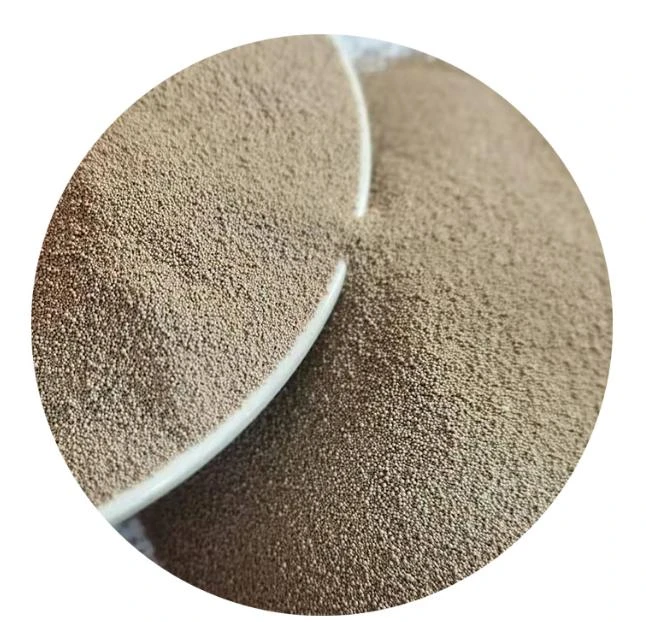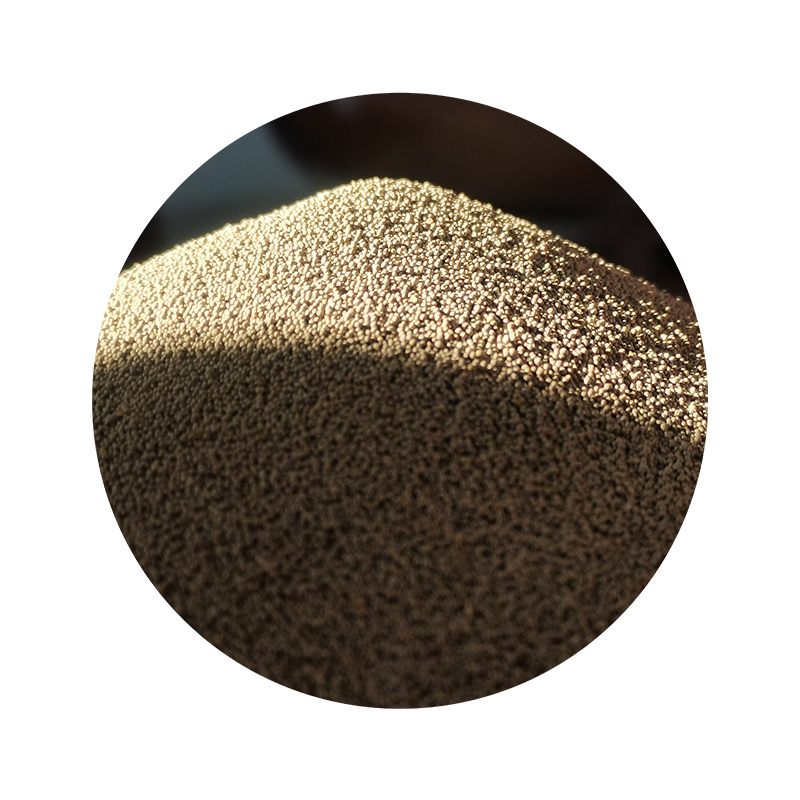

After achieving the desired texture or removing imperfections, a crucial final step involves polishing. Polishing compounds and buffing pads can restore the shine to your sanded areas, blending them seamlessly with the untouched glaze. Professional ceramicists often use an electric rotary tool with a felt polishing pad for precision results, but hand polishing can work just as effectively with enough patience. A critical component of this process is safety and trustworthiness. Glazing materials can contain silica and other particulates that pose health risks if inhaled. Whether you're sanding dry or wet, wearing a particulate respirator mask is non-negotiable. It's advisable to work in a well-ventilated area or employ dust extraction systems to ensure a safe working environment. Trust in your products’ durability and quality is paramount. Often, those new to sanding ceramics worry about the longevity of their alterations. Professional insight suggests sealing sanded areas with a compatible clear glaze or sealant can offer added protection and enhance durability. Testing the sealant on a small, inconspicuous area first is always recommended to verify compatibility with the existing glaze. Ultimately, the ability to sand glazed ceramics proficiently opens up a realm of creative possibilities, allowing for custom finishing and detailed enhancements that make each ceramic piece unique. This skill, bolstered by expert techniques and safety protocols, ensures that each product not only meets but exceeds expectations. Post time:ഫെബ്രു . 13, 2025 06:26
Next:Spherical Ceramic Sand for Foundry
